Last Updated on August 5, 2021

Welcome to The Best Movie You NEVER Saw, a column dedicated to examining films that have flown under the radar or gained traction throughout the years, earning them a place as a cult classic or underrated gem that was either before it’s time and/or has aged like a fine wine.
This week we’ll be looking at THE DEVIL'S BACKBONE, also known in its true form as

Spoilers may follow.
THE STORY: After his father is killed in the Spanish Civil War a young boy is left to live at an isolated orphanage that holds the ghostly echoes of a terrible tragedy.
THE PLAYERS: Writer/director Guillermo del Toro. Actors Federico Luppi, Eduarduo Noriega, Marisa Peredes. Cinematographer Guillermo Navarro (PACIFIC RIM, PAN'S LABYRINTH, THE LONG KISS GOODNIGHT). Composer Javier Navarrete (BYZANTIUM, PAN'S LABYRINTH, INKHEART). Producer Pedro Almodovar.

By not explaining, you keep [the mystery] alive. By explaining you kill it and mount it and put a frame on it. It's dead, it doesn't work anymore. Mystery is necessary for a tale. And there has to be a good number of things we do not know. As I say, we live in a world where logic is valued as a dramatic element to be cherished, and I find it a castrating, rather paternalistic thing to have in a tale. I think that the beauty of a tale is its mystery. – Guillermo del Toro
THE HISTORY: No film is ever born fully formed, and THE DEVIL'S BACKBONE was no different. It began as a ghost story set against war in Mexico, written and rewritten several times over until del Toro found another screenplay set during an unnamed Eastern European war. It bore two of the essential visual elements that would come to define del Toro's eventual film: the orphanage setting and the unexploded bomb in its center. With their powers combined the scripts became the the basis for a project that del Toro intended to be his first feature film but instead spent a total of sixteen years developing before it came to final fruition with the help of producer Pedro Almodovar (THE SKIN I LIVE IN, VOLVER, TIE ME UP! TIE ME DOWN!). But while they met at the Miami Film Festival in 1994 after a screening of CRONOS, it wouldn't be until 2001 that the film saw release. In between del Toro would make MIMIC, the Hollywood studio system becoming a monster in its own right that spat him out badly mangled and aching to return to a working model where he was allowed more control.
Made on a budget of $4.5 million, took the film to Cannes with just enough funds left for, in del Toro's words, "ten posters and a roll of scotch tape." Released on November 21st of that year, it went to receive critical acclaim and bring in a box office total of nearly $6.5 million. A callback to it can be seen in one of the final scenes from del Toro's most recent work, CRIMSON PEAK.

Guillermo had been through a terrible time on Mimic… I knew Cronos and was very, very impressed by it—it was a truly original horror movie. So my brother, Agustín, and I contacted him, and he told us about his experience with Miramax: how awful it was in terms of freedom; how he really needed to get back to his own language, and above all to be able to shoot with complete freedom. So we took advantage of that. – Pedro Almodovar
WHY IT'S GREAT: Horror is… real. Life. Growing up. Sex. War. Death. Birth. Existence. Love. Madness. Loss. Grief. Monsters. Men. Women. Children. Creatures. And more. Whatever the form of expression, whatever the particular details of the experience, at its best horror is personal. Within us all – audience and creator alike – it uncovers the hidden, speaks about the horrific, explores the perverse, suggests the unknowable, awakens the monstrous, or confronts with the very worst of what’s possible. The well of source material is deep and surprising, destructive and transformative. And few films in recent memory are more personal, for audience and creator alike, than THE DEVIL’S BACKBONE.
Let’s start with a story, one which belongs to del Toro himself. “…[my] uncle and I had been very good friends – he introduced me to Lovecraft and horror writers. When we were talking, I said, ‘When one of us dies first’ – of course, that's very easy for a 12-year-old to say – ‘he has to come back and tell the other that there is something else.’ So of course he said yes, and of course he was the one who went first. So I was in my room, doing homework and watching TV, nothing auspicious for a gothic moment right? And all of a sudden I hear this incredibly sad sighing next to me. I turned off the TV, and it was a very slow process to get scared. I thought maybe I was breathing through my ears or maybe I was coming down with a cold, so I stopped breathing. It sighed with a lot of sadness. So I thought maybe it's a draught. So I went to check the window, but it was closed, and the sigh moved with me through the room. So I went back to the bed and thought that I was pushing the air out of the pillows, so I pushed the pillows and the sigh continued. Then, I put my ear to the mattress, where he used to sleep. And I heard the voice inside the mattress, sighing. And I ran out of that room screaming and never went back in.”

[On CRONOS, Luppi] was like a god to me – I always admired him… and it's funny, he confessed to me during Backbone, 'Y'know, I never understood that fucking film. I was going by what you told me but the whole time I was thinking, what the fuck is that guy doing?' I said to him, 'Well, now we know.' But re-encountering him during Devil's Backbone, I felt it was ten times the actor/director collaboration over the first. His performance is extremely nuanced, I'll tell you that there was one day we were doing take after take after take on just one small moment and I said to him 'You have to give me this emotion' – and he says, 'I'm giving it to you.' I just didn't see it and he says, 'Wait for dailies.' It was magic. I went to dailies and fuck, there it was. He's just so nuanced. – Guillermo del Toro, on working with Federico Luppi
There are certain obvious ways the pieces of this story made their way into THE DEVIL'S BACKBONE – "the one who sighs" is a term that pops up more than once when describing the ghost of Santi – but there's a deeper element to it all. And that's the sorrow of it all. This is a ghost who, though he terrified a young del Toro, wasn't doing acts of violence or doing any of the other maliciously disruptive behaviour we've seen in so many stories. He was back, trapped in his house, unable to communicate but bound to try. So too is the ghost of Santi, whose only actions and desires until the film's final moments are to try and communicate with those cursed (or blessed) enough to see him. And see him they – and we – do, del Toro making particular effort to show the ghost as much as possible in order to, over time, drive home the fundamental idea that he is ultimately nothing more than another of the sad, lonely children. Except he's even worse off than the others because he's now trapped in this place, “like an insect in amber.” He's the spectral, infinitely wounded, forever leaking, undeniable cost of the war. Though his blood floats up, dispersing in the dust, it is nonetheless on the hands so many – everyone who perpetuated the war, and everyone who did nothing and thereby left Spain like an orphan in a vast plain to be torn asunder by the greedy, violent claws of fascism.
It really is more a movie with a ghost than a ghost movie, taking on certain trappings of the traditional horror film but not allowing those to take it over. This is something del Toro will return to throughout his career, using the perverse, the strange, the frightening for very specific purpose without allowing those elements to use him, and the seeds of that philosophy absolutely begin to bloom here. So too does his experimentation in the melding and twisting of genres, with THE DEVIL'S BACKBONE transposing the rules of the gothic novel into the setting of a war film, developing into a ghost story, and ending in western territory. Which is all to say, del Toro is a filmmaker you follow then this is a film where you'll be able to see the storyteller he later becomes well and truly begin. Much of what makes him all that he now is takes its first fully formed steps here, and it is a delight to see.

I had this discussion with Pedro [Almodóvar], we were talking about me shooting my first love-making scene in Devil's Backbone–my first openly objectively love-making scene, and I said, 'Yeah, but I'm gonna do it without a leg.' He said, 'What's wrong with a little nudity?' and I said, 'No, I'm too prudish–I'm ex-Catholic. I can't be on the set with a nude woman,' and he said, ;What's wrong with you? You can kill everybody but you can't look at a little nipple?; I replied that I thought that all of my films deal with sexuality but it's not normal sexuality–it's aberrant. In Almodóvar's movies there's all this liberating sex–but in the things I do there's all this very aberrant sex but never genital. It's sensual, some twisted eroticism. But never, except now, straightforward. – del Toro
The distinction of the "trappings of the traditional horror film" is an important one because, as was said above: horror is found everywhere, and the most obviously horror-ish element of the story – the ghost – is the most objectively scary but the least subjectively disturbing. For the boys of the orphanage, the latter comes in the form of a civil war they can't forget because it killed their families and can’t escape because it left an unexploded bomb in the courtyard they pass through every day. For a geeky kid growing up in Guadalajara who would one day tell this story, it was in the cartel war that would eventually kidnap his father and drive him from his home, an exile ever tainted by the guilt-fueling fire and fury of a rigorous Catholic upbringing. For someone like myself it’s the rejection by my father that left me wide-eyed and scrambling in an emotional minefield at an age not far from that of the film’s protagonist Carlos. Everyone brings their own past into the cinema with them, and the subtle beauty of THE DEVIL’S BACKBONE is it made with such moments of humanity and heart that whatever personal context you bring in with you may very well find itself pulled to the surface.
And isn't that what horror's supposed to do? Quietly or loudly, grossly or freakishly, the intention is the same.
Like the ghost at its center this film sighs with a sorrow, with a fracturing, with a wandering and a wondering. It isn’t afraid to show human beings at their most emotionally raw, to show children turn to the coarsest of violent acts to save themselves, or to question the strength of the structures so many of us use to defend and define ourselves. Masculinity, politics, love, lies, superstition, art, memory – the horrors of war spare nothing, least of all the human soul. When the boys emerge from the orphanage at the film’s end, any trace of the magical kingdom it once was buried in crumbling wreckage and bloody dirt, it is on a long road towards an unknown future with no guides but each other to figure life the fuck out.

Most people tlk about growing up like it was some fucking candy-ass exprience. It's really a tough time full of contradictions and horror. – Guillermo del Toro
BEST SCENE: Having seen this film a few times now, the opening sequence never fails to instantly entrance me as though it was my very first viewing.
SEE IT: You can buy THE DEVIL'S BACKBONE on Blu-Ray + DVD HERE!
PARTING SHOT:
When I was in pre-production on Devil's Backbone in Spain, a reporter asked me what would be the two feelings I wanted people to walk out of the film with, and I said, 'nostalgia and loss.' War is the Devil's Backbone, it destroys the innocence of the children–it eats them away. At the end of the movie what steps out of that metaphor of an orphanage has the body of a child, but is really a broken soul and a brave heart. People ask about the title and I say look for it. It's not a fucking sermon, you've got to dig deep.




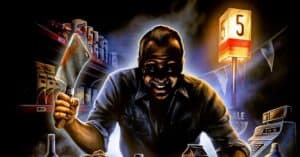
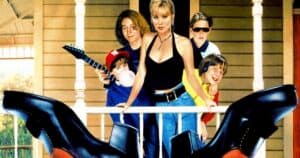

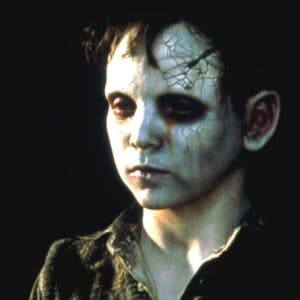


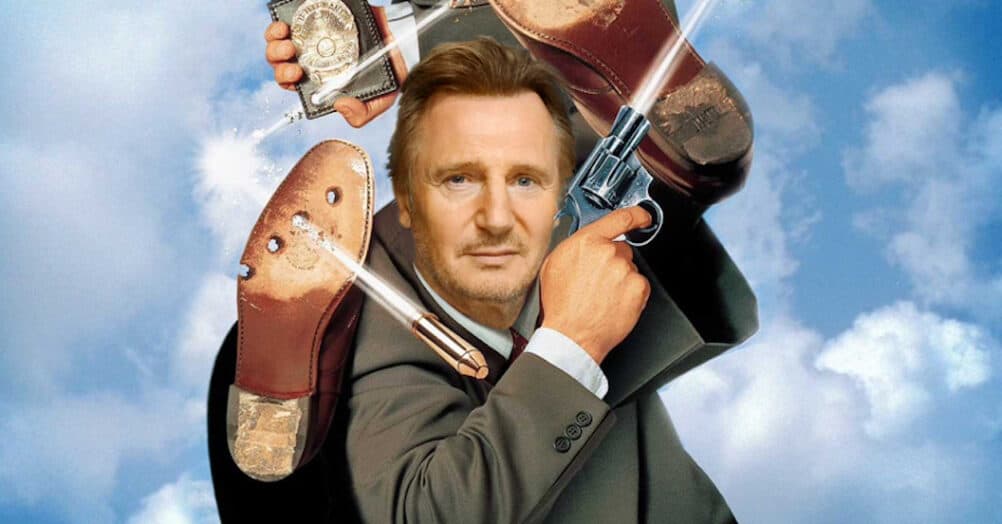

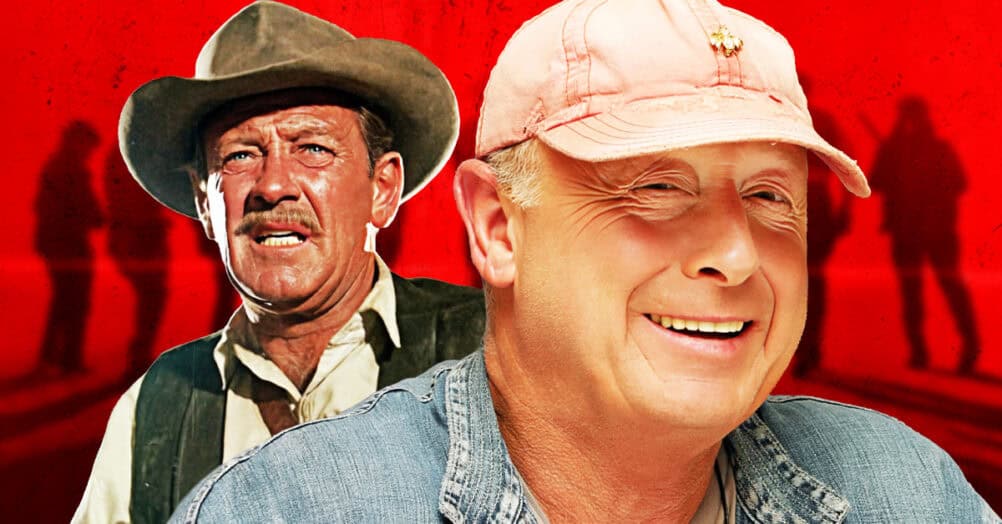
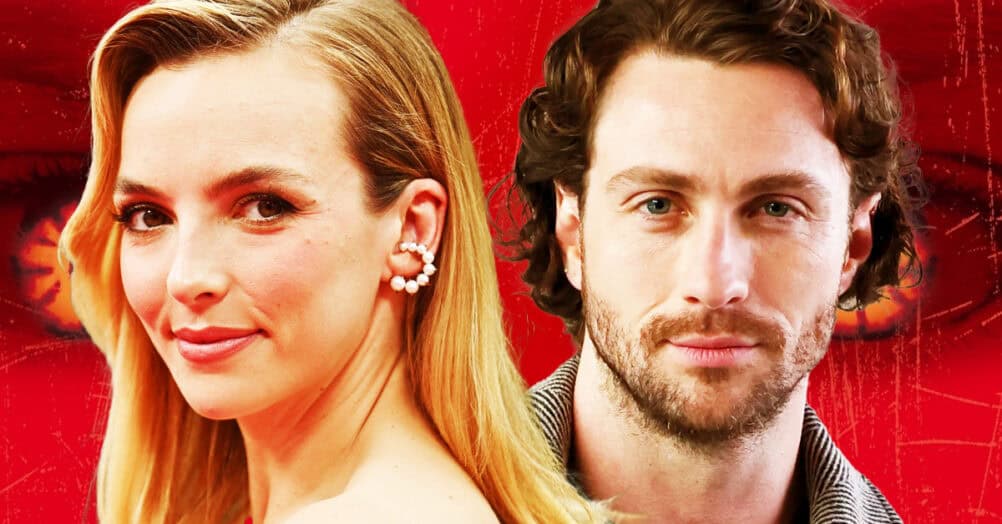
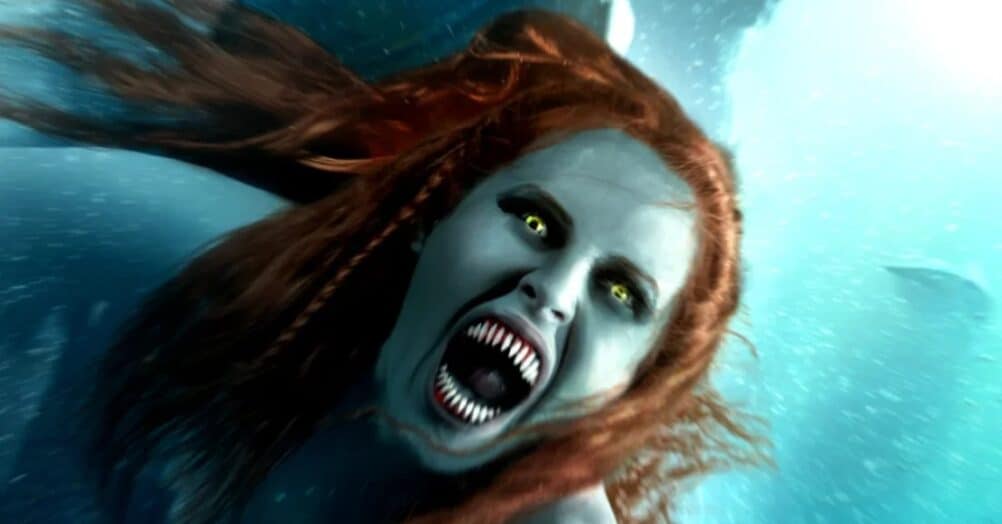
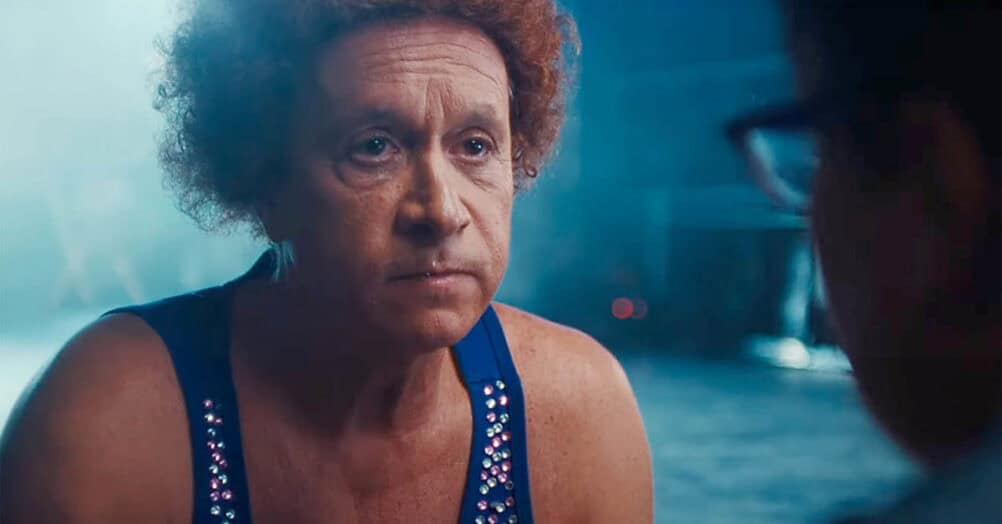
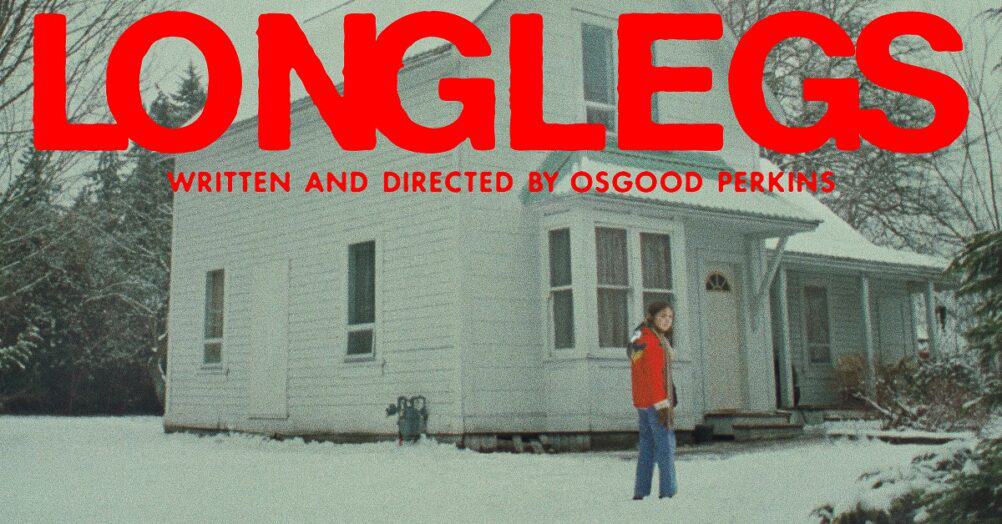
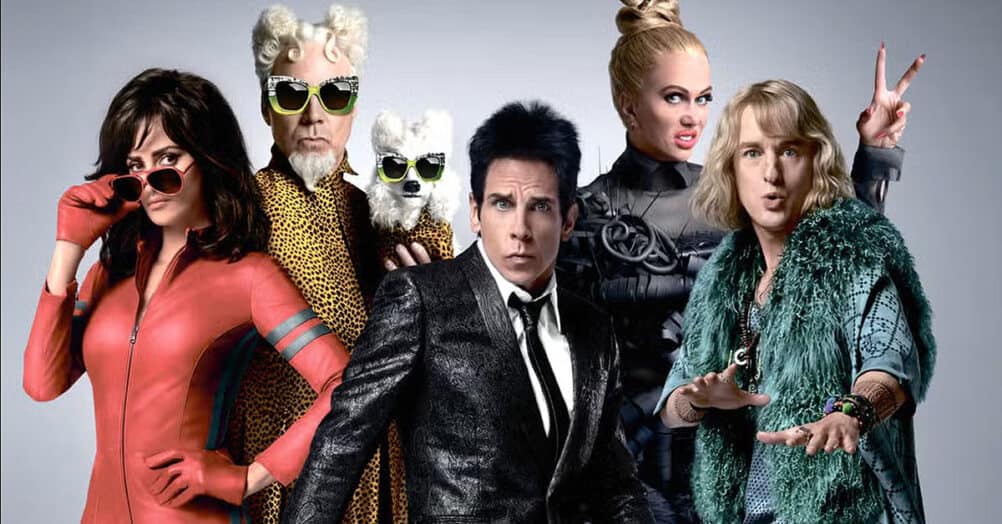
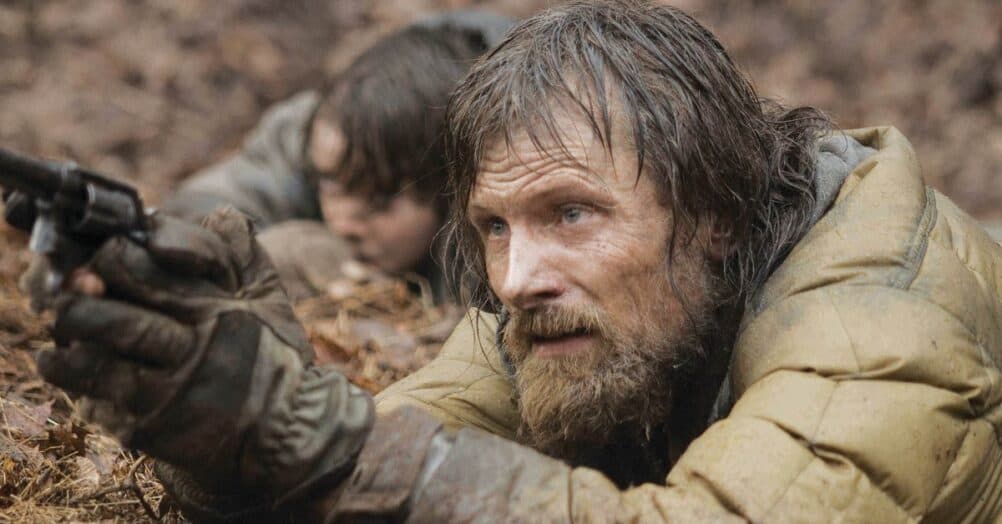

Follow the JOBLO MOVIE NETWORK
Follow us on YOUTUBE
Follow ARROW IN THE HEAD
Follow AITH on YOUTUBE